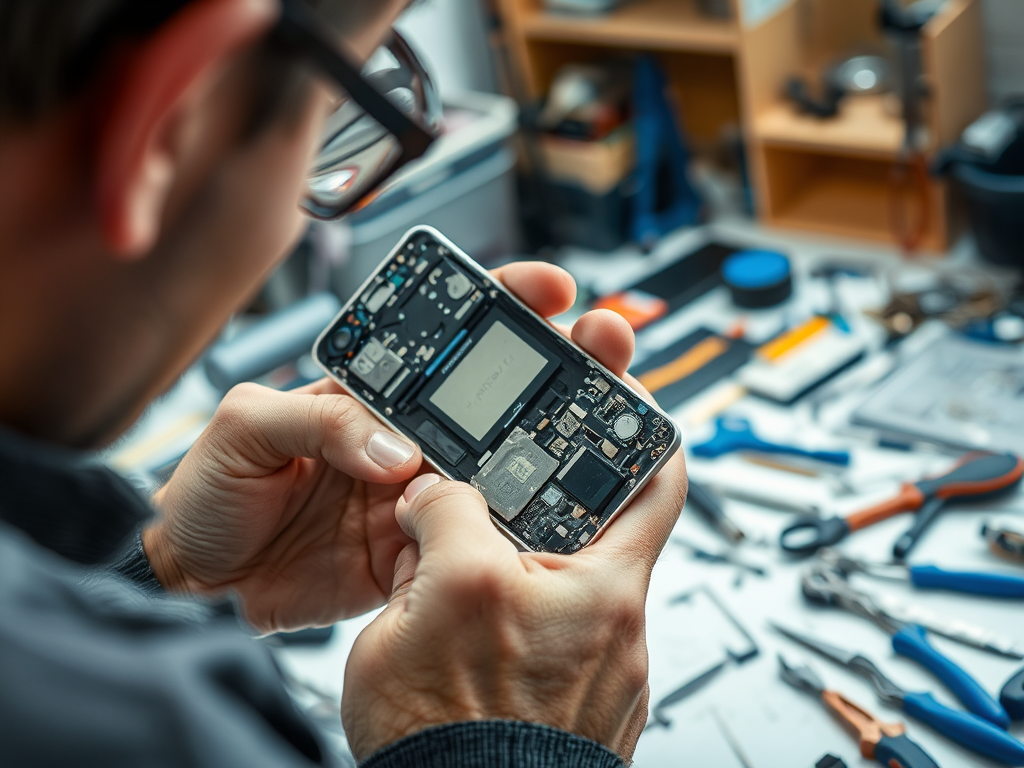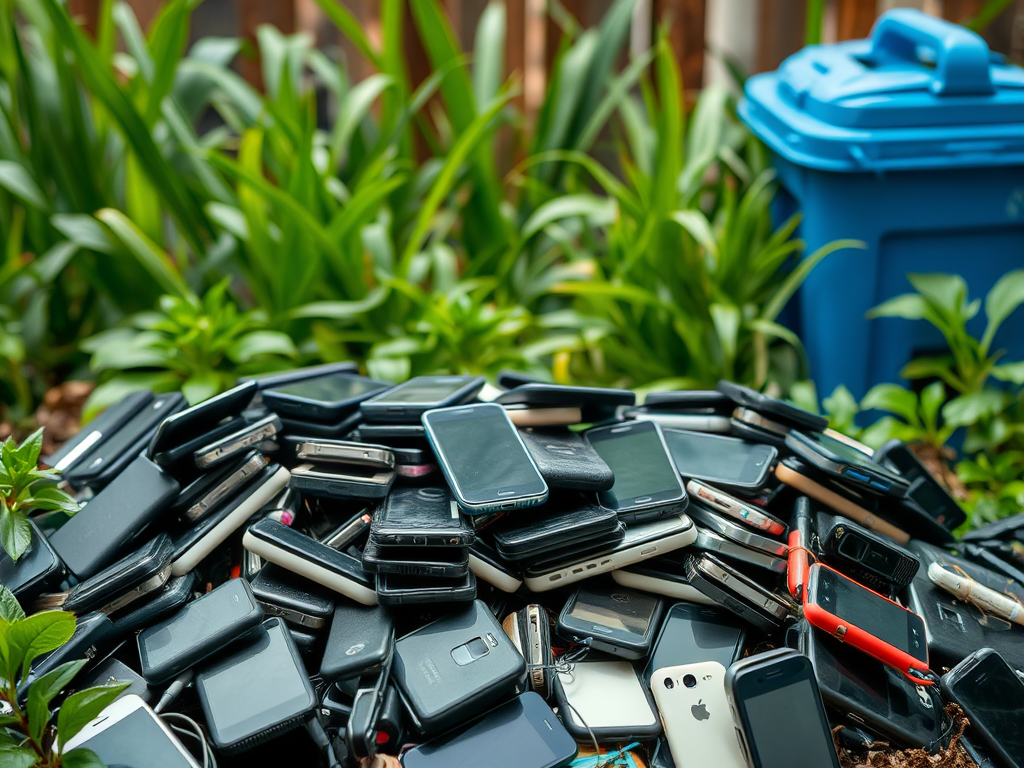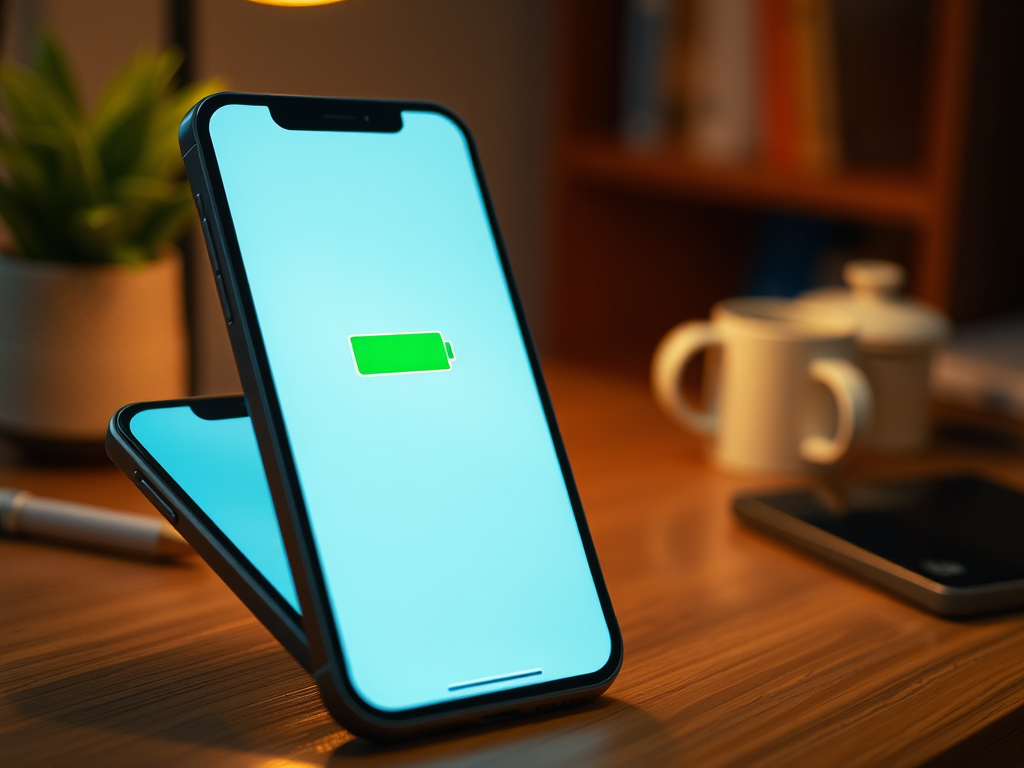In an era marked by rapid technological advancements, the lifespan of smartphones becomes an intriguing topic of discussion. These devices, once considered a luxury, have now evolved into essential tools that shape the way we communicate, work, and interact with the world around us. As manufacturers release new models with dazzling features almost every year, consumers often find themselves questioning how long they should hold onto their current devices. The intersection of quality, usage, and technological progression plays a crucial role in determining the right time to replace your smartphone. Understanding the factors that affect its longevity will empower you to make informed decisions that fit both your lifestyle and budget. This article delves deep into the lifespan of smartphones and offers guidance on when it might be time to part with your loyal device.
Factors Influencing Smartphone Lifespan

The lifespan of your smartphone is influenced by several key factors. These include the quality of build and materials, software support, and hardware specifications. Firstly, the quality of materials used in your smartphone can significantly extend its life. Premium models made from durable materials such as metal and Gorilla Glass are typically designed to withstand physical wear better than their budget counterparts, which may rely on cheaper plastics. Secondly, software support from manufacturers plays a vital role; devices that receive regular updates, security patches, and have a robust operating system tend to have a longer, more secure life span. Lastly, hardware specifications dictate how well your device can handle new software demands over time. High-performance devices with better processors and RAM often outlast those with lower specifications.
User habits also play a significant role in a smartphone’s overall longevity. Proper care and maintenance can significantly affect how well your device performs over the years. Simple practices such as avoiding excessive heat, using protective cases, and being mindful of battery care can contribute to extending your smartphone’s life. As advancements in technology continue, each generation of smartphones comes equipped with better components that improve both hardware durability and software efficiency. Nevertheless, understanding your unique usage patterns is essential to maximizing your device’s lifespan.
Signs It’s Time to Upgrade

- Decreased Performance: If your device becomes sluggish, with slow processing speeds and app responsiveness, it might be time for an upgrade.
- Software Incompatibility: Encountering issues when trying to install new apps or system updates can indicate your device is out of date.
- Hardware Damage: Physical damage, such as a shattered screen or malfunctioning buttons, diminishes usability and can signal the need for a new phone.
- Battery Decline: As batteries age, they lose their ability to hold a charge; knowing whether your battery is declining is vital.
These signs can serve as red flags, prompting you to evaluate whether it might be time to retire your old smartphone. For some, the decision can be straightforward; for others, the attachment to a beloved device complicates the matter. To aid in this decision-making process, consider the following table, which outlines the expected lifespan across different smartphone categories.
| Smartphone Type | Average Lifespan (Years) |
|---|---|
| Flagship Models | 3-5 |
| Mid-Range Smartphones | 2-4 |
| Budget Smartphones | 1-3 |
Considering Environmental Impact
As you ponder the longevity of your smartphone, it’s essential to reflect on the environmental impact of your technological habits. E-waste is a growing concern, particularly as smartphone replacement rates increase. Millions of devices end up in landfills every year, contributing to environmental degradation and resource depletion. With smartphones containing valuable metals and materials, it’s crucial to consider responsible disposal methods.
Recycling has become an increasingly viable option for those looking to dispose of their old devices responsibly. Many manufacturers offer trade-in programs or recycling initiatives that ensure your phone is repurposed rather than wasted. Additionally, donating working smartphones to charities or community programs can extend their life and provide someone in need with a necessary tool. As responsible consumers, we should be proactive about minimizing our environmental footprint when upgrading to a new device.
Conclusion
In conclusion, understanding the lifespan of your smartphone requires careful consideration of various factors, including build quality, software support, and user habits. With signs that indicate when to upgrade, it’s essential to remain vigilant about your device’s performance and usability. While new models offer exciting features, weighing the benefits of an upgrade against your current device’s issues is vital for making informed decisions. Ultimately, by practicing responsible consumption, including recycling or donating your old devices, you contribute positively to reducing e-waste and its associated environmental impact. Your next upgrade should not only enhance your experience but also reflect care for our planet.
Frequently Asked Questions
- How long do smartphones typically last? Most smartphones last around 2 to 4 years, depending on usage and maintenance.
- When is the best time to replace my smartphone? It’s generally advisable to replace your smartphone when you experience significant performance issues or software incompatibility.
- Can I extend my smartphone’s lifespan? Yes, by regularly updating software, managing battery health, and practicing proper care.
- What should I do with my old smartphone? Consider recycling it, trading it in, or donating it if it’s still functional.
